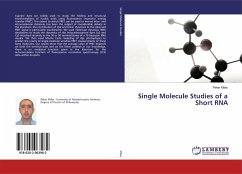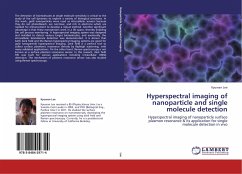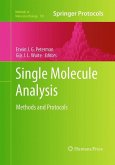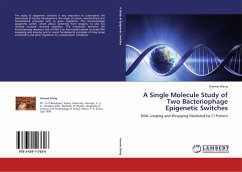Cyanine dyes are widely used to study the folding and structural transformations of nucleic acids using fluorescence resonance energy transfer (FRET). The extent to which FRET can be used to extract inter- and intra-molecular distances has been the subject of considerable debate in the literature; the contribution of dye and linker dynamics to the observed FRET signal is particularly troublesome. We used molecular dynamics (MD) simulations to study the dynamics of the indocarbocyanine dyes Cy3 and Cy5 attached variously to the 30 or 50 terminal bases of a 16 base-pair RNA duplex. We then used Monte Carlo modeling of dye photophysics to predict the results of single-molecule sensitive FRET measurements of these same molecules. Our results show that the average value of FRET depends on both the terminal base and on the linker position.In our knowledge, there is no analytical function given in the literature for the autocorrelation function of fluorescence correlation spectroscopy (FCS) data within droplets.








